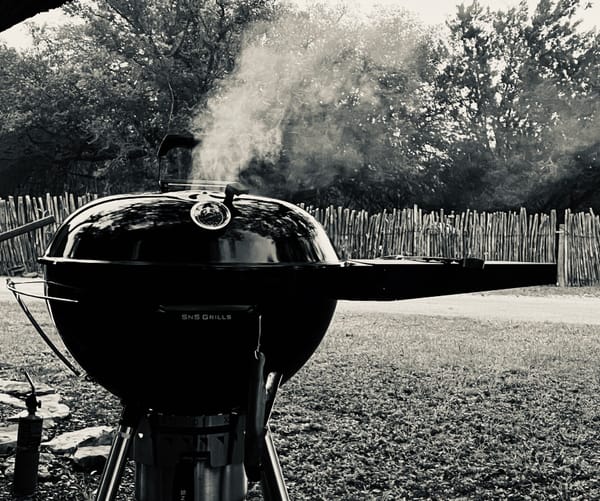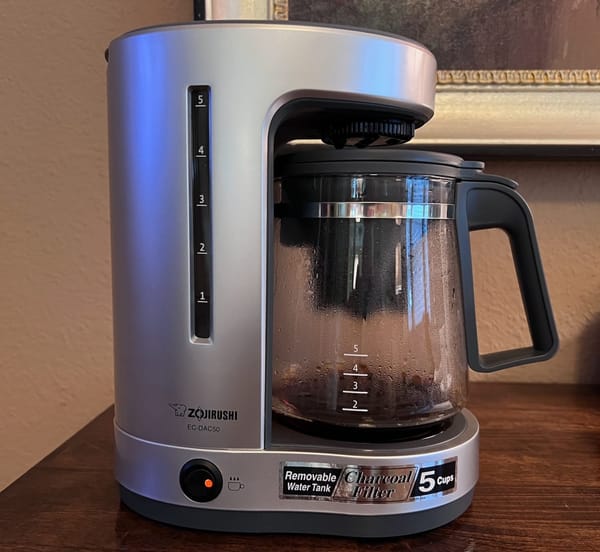How To Prevent Flameouts in Your Pellet Grill
Flameouts on pellet grills can be frustrating and extremely costly. We discuss key points to help keep the fire burning throughout your cook.

Clean your pellet grill every 3-5 normal cooks, and after all long cooks. It’s no different from any other charcoal or wood burning pit.
Just like any other grill you own, your pellet grill needs to be cleaned. If you leave ash in the fire pot to build up, airflow will be reduced therefore causing a flame out. The same goes for any other charcoal or wood burning pit you have. The first thing you do when starting a new cook is clean the firebox.
This often gets overlooked on pellet grills because they are so convenient. You walk outside, push a button, and voilà! Magic. It’s as easy as firing up your gas grill. Except, there is one difference. In a pellet grill you are burning wood. This wood creates ash. This ash needs to be removed for a pellet grill to function properly.
Keep Your Pellet Grill Fire Pot Clean
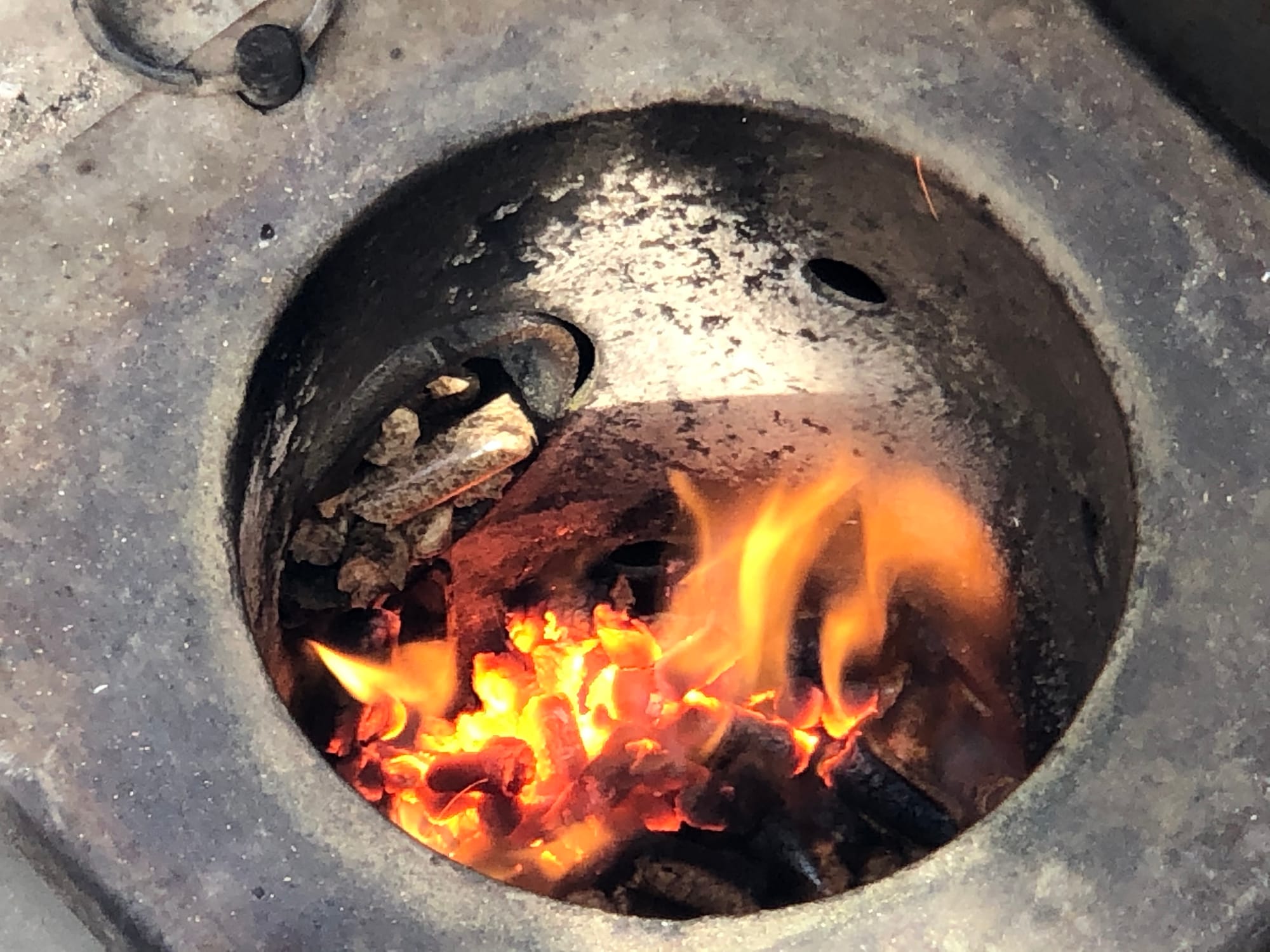
Pellet grills are extremely efficient, but there is not a lot of room in a pellet grill fire pot. This is why it's important to keep it clean. The auger is dropping pellets at a rate set by the controller. This is to maintain a target temperature. Smoke mode on pellet grills is barely dropping pellets while the fan is fueling the fire with oxygen.
If you have a build-up of ash and pellets in your firebox, you will most likely have a flameout. Similar to ash build-up under your fire grate on an offset smoker, lots of ash sitting around in your fire port will reduce airflow. Reduction in airflow for a small, controlled pellet grill fire will always result in a flameout. Keep the firebox maintained, and you will not have this issue.
Maintaining a smaller fire at a lower temperature will always be harder and require much more attention. This is similar to how the best barbecue joints in Texas produce world-class smoked meats.
The pit master doesn’t stuff the firebox with wood splits, choke down the vents, and nap for three hours. The pit master is poking, prodding, adding, and removing from an offset smoker firebox every 15-45 minutes. The pellet grill controller is your pit master. The difference is, your controller is monitoring and adjusting on the fly every second.
Will your pellet grill produce the same results as a central Texas barbecue pit master? No way.
Nothing compares if we are getting real here.
But, you will make some outstanding barbecue at home with little effort and your guests will be blown away. And this can be done while your away working at your office.
Clean the Thermocouple
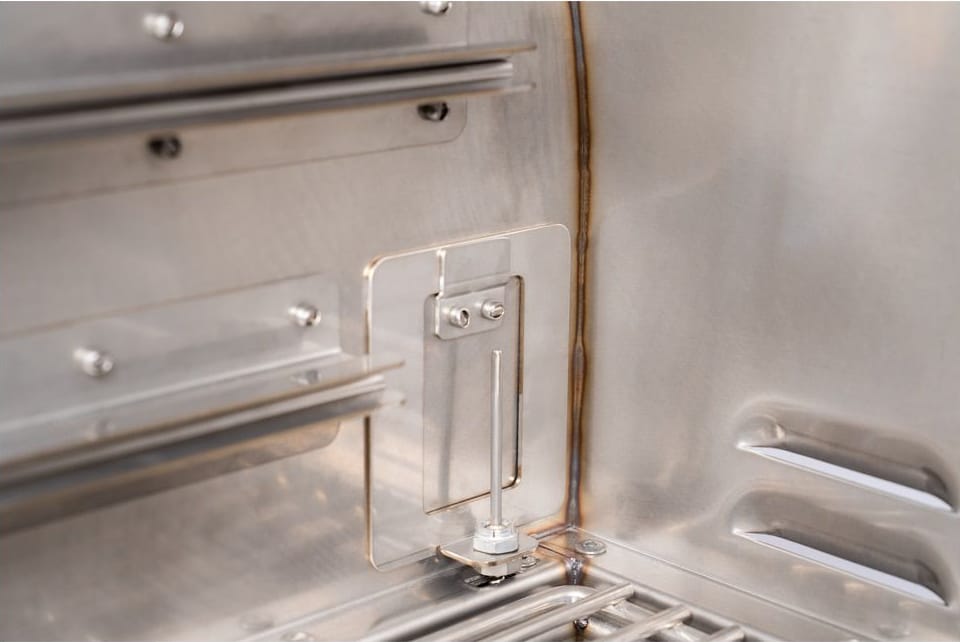
The thermocouple is a built-in thermometer wired to the controller that is installed in every pellet grill. This is a very critical component that tells the controller the actual temperature inside the grill. Making sure this is clean and providing an accurate reading is essential.
Try using a piece of steel wool to clean the thermocouple. You want to scrub it until you start to see the shiny stainless steel again. This will get rid of any grease and smoke buildup that was created during your cooks. Keeping this temperature probe clean is critical in a pellet grill, so the controller is receiving accurate information.
Clean Your Exhaust Vents
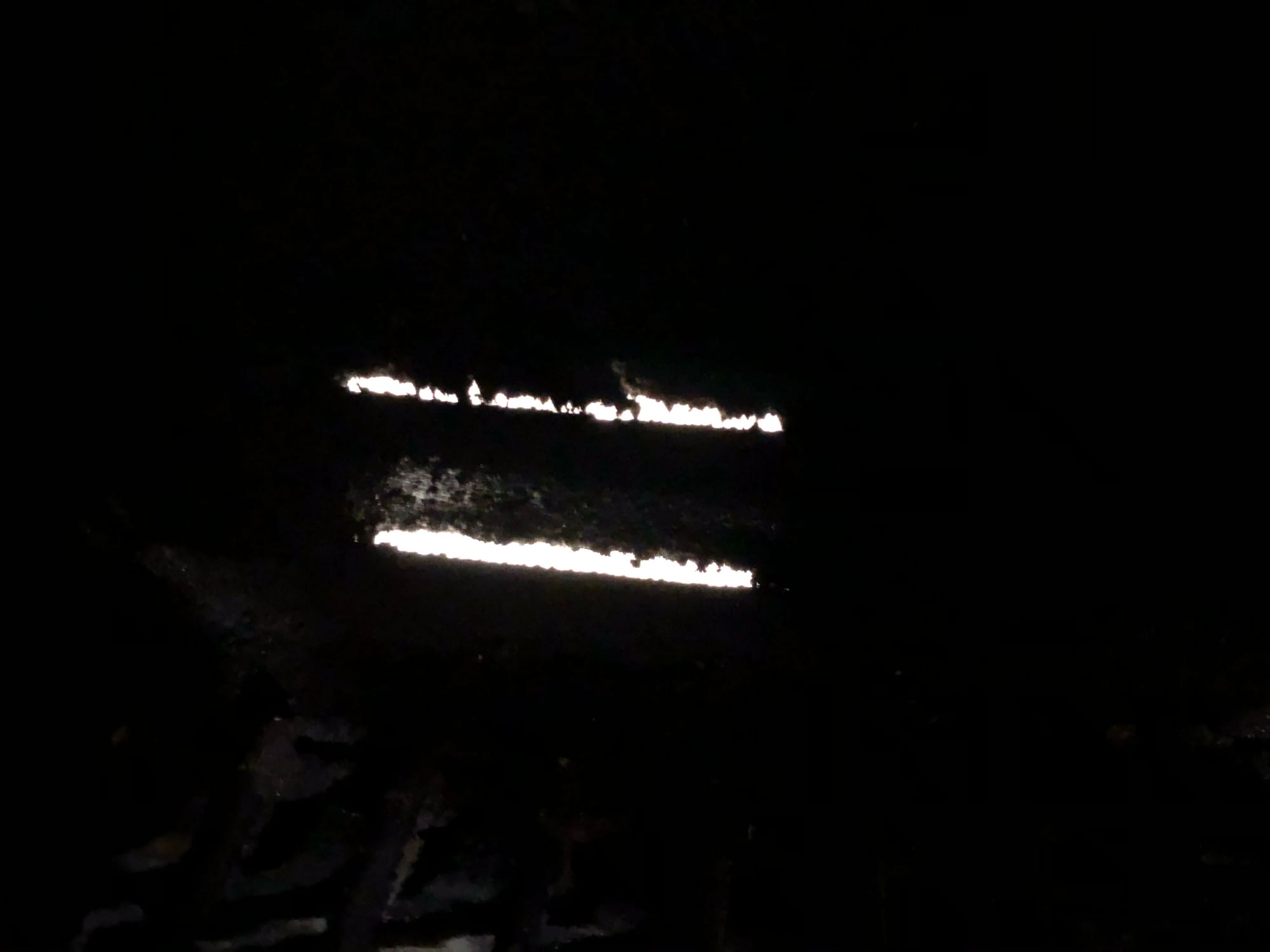
Our MAK 2 Star General pellet grill does not utilize a standard smoke stack to release hot air and smoke from the grill. Instead, it uses small louvres along the back and side to exhaust any smoke and keep air moving. You want to make sure these vents are always clean and free of debris.
Smoking large cuts of meat for hours will layer grease and smoke on the inside of your pellet grill. These layers will build over time similar to building bark on a brisket over the course of 8-10 hours. This bark can clog the vents on your grill there reducing all airflow and causing consistent flameouts. Make sure to keep these vents clean.
Change Your Pellets
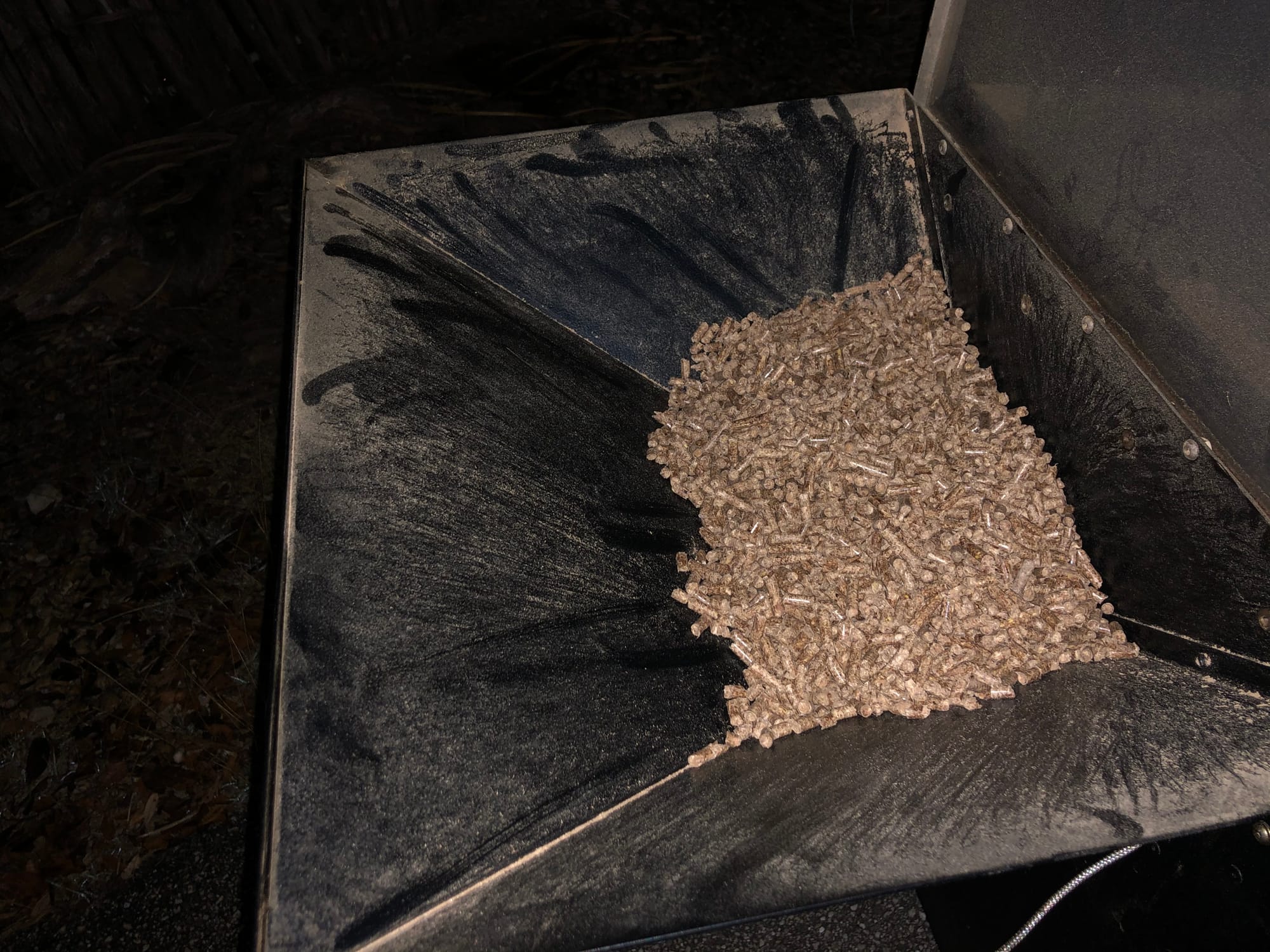
If you are consistently having issues with flameouts, and you are properly maintaining your pellet grill, then you most likely need to try some different pellets. Wood pellets are sensitive to moisture and when exposed to high humidity, they can swell up and lose their effectiveness.
Bad pellets can ruin any cook similar to smoking with wet wood on an offset smoker. Outside the meat you are using, your fuel source is the most important ingredient when smoking barbecue. Making sure you have quality, dry pellets will reduce flameouts and make your pellet grilling experience much more enjoyable.
GrillGrate’s and Grill Mats Can Reduce Airflow
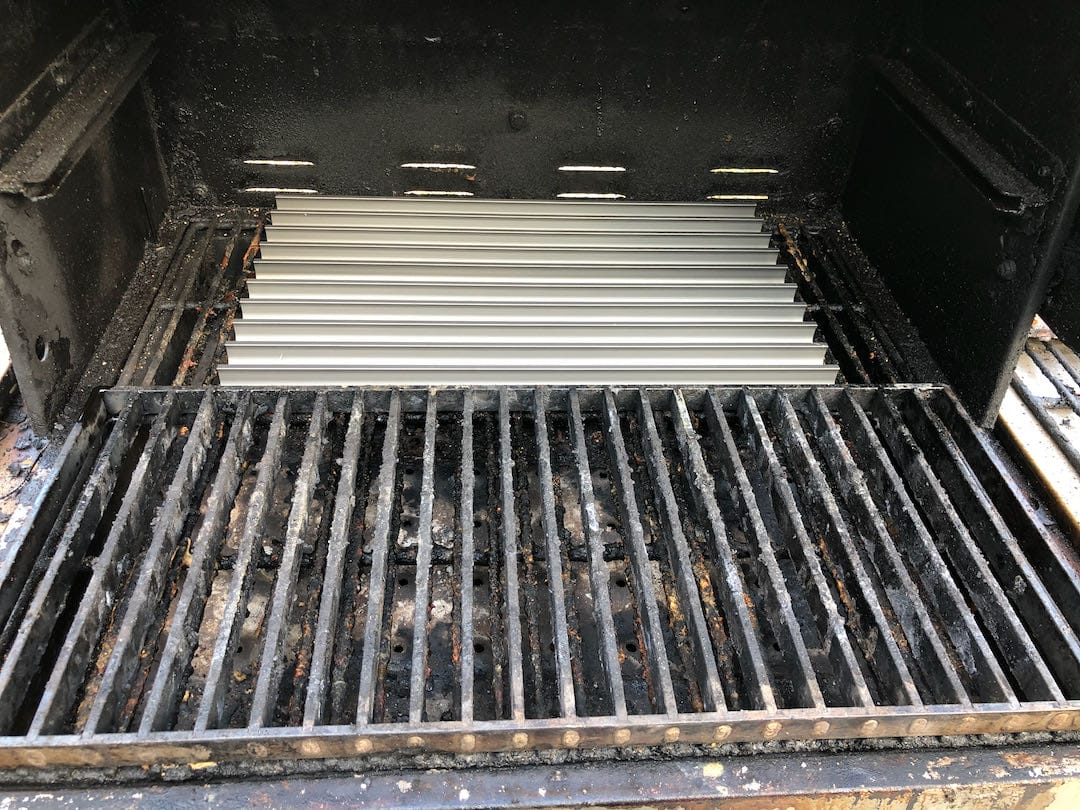
If you have tried everything and can’t figure out why you still have flameouts, take a look to see if aftermarket grill grates or grilling mats are being used. Because good airflow is essential to maintaining a small fire pot, an aftermarket accessory could be causing all your problems.
Once I was having consistent flameouts on my MAK 2 Star General pellet grill and could not figure out the issue. I had tried everything. I finally got on the phone with the manufacturer, and they started asking some questions. At the time I was using a large grilling mat across my bottom grates, and it turns out this was reducing the airflow to the point of a flame out. I removed the mat and all problems went away.
Some people have reported issues using the GrillGrates brand searing grates on pellet grills due to airflow issues. The Big Poppa Smokers website actually warns against using them on certain pellet grills.
I have used them on my MAK 2 Star without any issues, but I did not completely cover the entire bottom surface. I threw a few on top of the stock grates to sear a few steaks, so there was plenty of airflow around the grates. Your mileage may vary.
Smoke Mode is Harder to Maintain
When using “Smoke Mode” or “Super Smoke” on your pellet grill, you are asking the grill to start and maintain a small, low-temperature fire. This small fire needs to be very controlled, so it can maintain that target “low temperature” you are shooting for. For this to happen, your grill needs to be running in tip-top shape.
Feeding a larger, hotter fire is much easier because all the pellet grill has to do is continuously dump fresh pellets. When maintaining a smoke mode, it’s all about fan control. The MAK 2 Star General pellet grill uses a variable speed fan that adjust the airflow that is pushed into the firebox. This airflow combined with a proper running algorithm in your pellet grill controller will generate outstanding results when low smoking.
Don’t Leave the Lid Open Too Long
Pellet grills are not designed to smoke with the lid opened. Just like when using any other barbecue pit, you will get temperature swings that are not desired. Because there is so much fresh air being introduced, there is a possibility of a flame out.
The pellet grill controller will try to compensate for the temperature drop if you leave the lid open too long. If your pellet grill dumps too many pellets in a short period of time while trying to maintain a low temperature, it can smother the fire, therefore resulting in a flame out.
You will not see this as often when your pellet grill is on high. Pellets will be fed continuously through the auger on most brands of pellet grills which allows you to get away with this without any issues.
Conclusion
Flameouts on a pellet grill can be very costly, especially if you do many overnight cooks with large cuts of meat like brisket. A failure in the cook will not only ruin your meat, the next day you will be left scrambling looking for food to feed all the guests you were planning on having over. Ruin a large cut of Wagyu meat, and you will be left crying in your beer.
Here is a summary of the key points we discussed in this article.
- Clean your fire pot
- Clean the thermocouple (thermometer built into the grill)
- Clean your exhaust vents
- Use high quality, dry wood pellets
- GrillGrate’s and grilling mats can reduce airflow
- Don’t leave the lid open when low smoking
The tips in this article will put you on the right track to having a more enjoyable pellet smoking experience. If you are still having issues with your pellet grill, the next step would be to contact the manufacturer. You could have a component that is failing, and it may need to be replaced.

